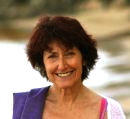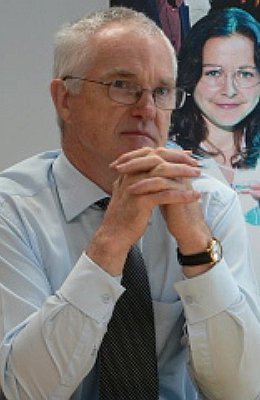Thank you to Simon Chester for providing us with this president’s article.
With 2014 marking the 20th anniversary of the Australian Science Communicators (ASC), it’s a worthwhile time to talk to some of its past presidents, and find out some of their fondest memories, what drew them to science communication, what the big issues where back when they were steering the ship, and what issues remain now and into the future.
Alison Leigh, now Editorial Director at the World Congress of Science and Factual Producers, was the third president of ASC. Back during her presidency, the issues plaguing science communication were quite similar as those seen today.
“We worried that science and science journalism were not taken seriously by politicians or by news editors – plus ça change!
“A main focus of our organisation was to encourage high journalistic standards throughout the science communication profession. Scientists were reluctant communicators. We felt our mission was to encourage them to understand the importance of communicating their work, to talk in language that the lay person can understand, and to understand the pressures that journalists are under to meet their deadlines (and this was long before 24/7 news!).
“Science was not “sexy” – the ‘two cultures’ were alive and well. We used to discuss how we might try to deal with the stereotype images of science and scientists.”
Alison believes that many of the issues faced during her presidency will remain over the coming decade, too.
“Climate science is the most obvious example… but it’s not just that science and science journalists (not many left!) are not taken seriously: they are up against dark forces. It does not suit governments of the day – and their corporate supporters who also have controlling shares in what gets printed in the media – to take action on human induced climate change, so they prefer to deliberately obscure or challenge the message. Opinion and commentary passing as journalism also adds to the problem of misinformation.
However, there has been one positive change over the last TIME:
“GEEK IS CHIC! Here at least there is hope – nerdy science has become mainstream in popular culture. Physics professor Brian Cox is a super star in the UK. ‘Science’ finds its way into life style TV shows about the science of the food we eat (Jimmys Food Factory, Food Unwrapped), and the internet is full of all sorts of creative, and often very funny, podcasts about the kind of hard science that mainstream TV shies away from .”
Alison was a successful reporter for the BBC before migrating to Australia and – almost serendipitously – ending up in science communication.
“I emigrated to Sydney from the UK in 1988 – bicentennial year – fully expecting my on-screen career as a BBC TV and radio reporter /presenter to continue to flourish here. Wrong. I was ‘too old’ and ‘too English.’ Yikes! What to do? Try my hand at producing? My current affairs credentials landed me the job of Producer, Media Watch, with the task of getting series one to air.
“Next thing I know, after that baptism of fire, I’m being courted by the Executive Producer of Quantum – to be the Series Producer – i.e. day to day manager of that show. Saying yes to that job changed my life – and my focus.”
At the ASC conference, Alison will be presenting a selection of clips that represent some of the major trends internationally in science programming taken from mainstream, and internet, TV. Plus a look at the new on-line science game from ABC with Bernie Hobbs.


